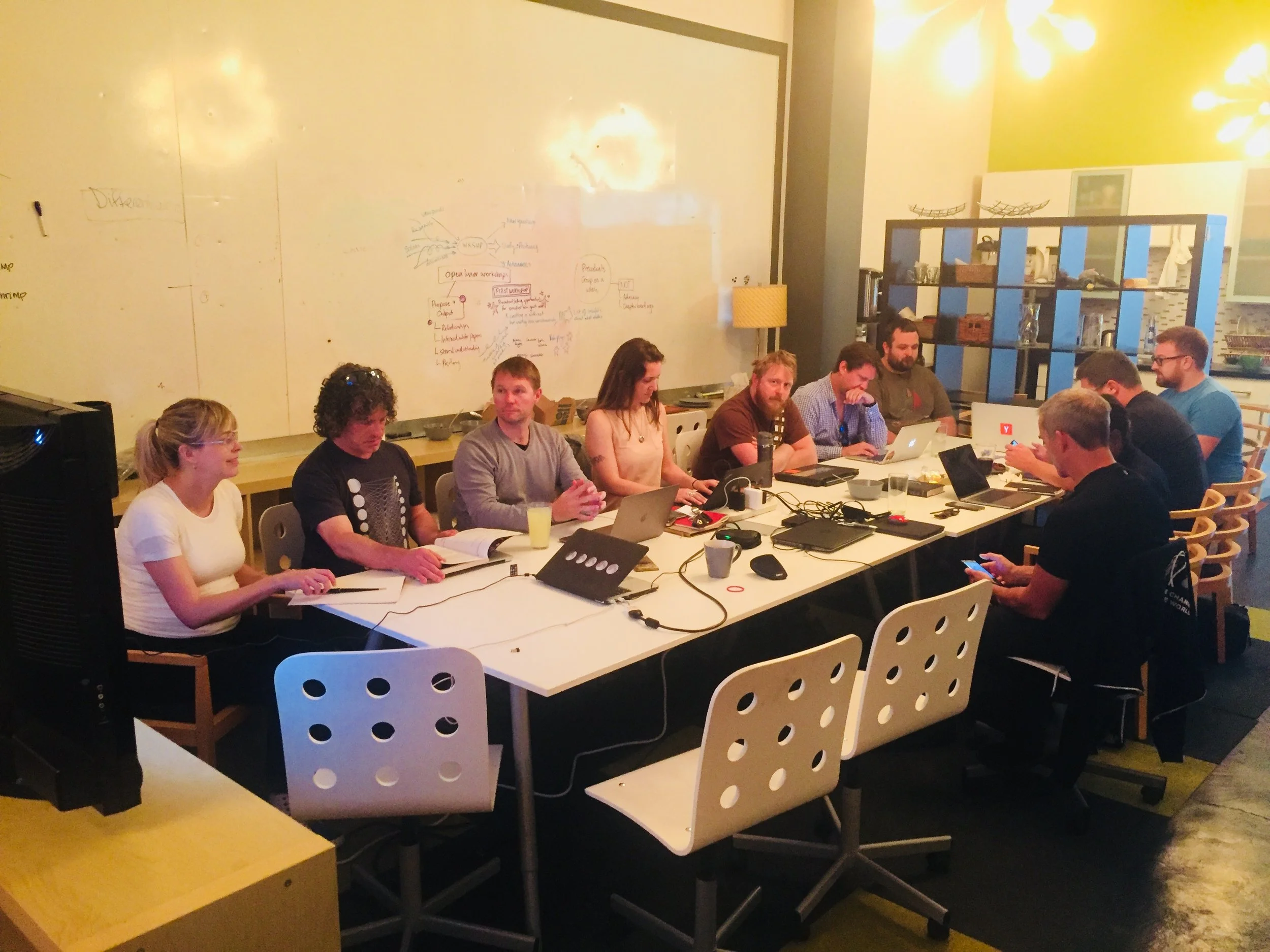AboutIt’s 2018. We’re sitting in an industrial office in San Francisco’s SOMA district, surrounded by space agency executives, astronauts, CEOs, lunar scientists, and engineers. Laptops and snacks cover the massive table, along with pages of handwritten notes and diagrams.
The conversation? Lunar dust mitigation from landings and its damage to other machinery. The ground-truth data we desperately need on water ice in permanently shadowed regions. The propulsion gaps holding small spacecraft’s back from translunar injection. And most critically, the tension between those envisioning lunar mining and those advocating for untouched lunar research parks.
From those early days, Open Lunar has always been about action. What could a small, values-driven nonprofit do to set wise precedents and accelerate our shared future on the Moon? The answer: build the utilities and public goods that make lunar stewardship tangible.
Utilities are the infrastructure—data registries, open standards, shared landing pads, accountability frameworks—that shape how the Moon is governed and operated. By building these tools, we’re not just solving technical challenges; ensuring we have a seat at the table.
In 2018, our global team would work in monthly sprints to research, discuss, and evaluate potential projects. Some projects advanced to pilot programs, others simmered on a backlog, waiting for the right people, resources, or moment.
By 2022, this process had evolved into a formalized innovation pipeline—a “factory” of precedent-setting projects designed to fill critical gaps and shape the lunar ecosystem. Incubation, though, is not the goal. It’s a means to an end: building interconnected, value-driven infrastructure that others rely on.
Open Lunar’s work isn’t just about the Moon—it’s about shaping the future of humanity’s relationship with space. The projects we incubate today are stepping stones toward a world where governance is collaborative, transparent, and inclusive.


